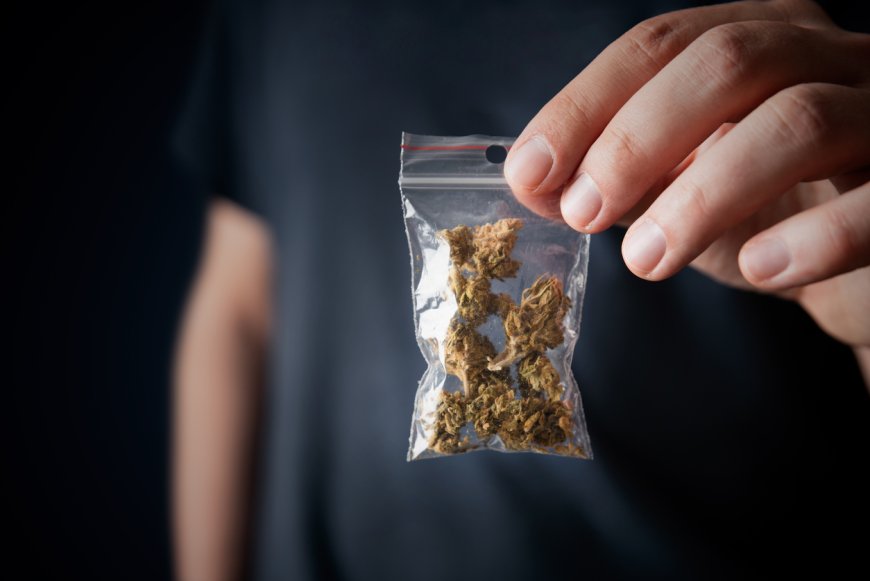From First Puff to Last: The Marijuana Journey
A comprehensive journey through the timeline of marijuana use, from initial intake to long-term effects. Understand the impacts of THC on your body and the potential risks associated with chronic marijuana use.

The journey of marijuana, from the moment it enters the body to its long-term effects, is a complex process. Understanding this journey, and the physiology of marijuana use is crucial for anyone who uses or is considering using this substance. This article will walk you through the timeline of how THC, the active ingredient in marijuana, interacts with the body, starting from the immediate sensations of euphoria and relaxation, going through the gradual development of tolerance and dependence, up to the potential cognitive impairments and withdrawal symptoms that can follow its discontinuation.
Initial Use (Seconds to Minutes after use):
-
0-10 seconds (Smoking/Inhalation): THC, the active ingredient in marijuana, is absorbed into the blood through the lungs and quickly reaches the brain when inhaled. Users typically experience a sense of euphoria, relaxation, altered perception, and heightened sensory experiences.
-
30-90 minutes (Oral Ingestion): When ingested, such as in the form of edibles, THC is absorbed more slowly as it's processed by the liver before reaching the brain. The onset of effects is slower, usually taking between 30 minutes to 2 hours, but the effects can be more intense and longer lasting.
Continued Use (Minutes to Hours):
-
15 minutes - 3 hours (Smoking/Inhalation): The psychoactive effects of marijuana, such as altered thinking and memory, slowed coordination, increased heart rate and dry mouth typically peak within the first hour after use and can last up to three hours or longer.
-
2 - 6 hours (Oral Ingestion): Effects from edibles can peak anywhere from 2 to 6 hours after consumption and can last several hours.
Chronic Use (Days to Years):
-
30+ days: Chronic use of marijuana can lead to the development of tolerance, requiring higher amounts of the drug to achieve the same effect. Over time, users can also develop a physical dependence and experience withdrawal symptoms when trying to quit.
-
Months to years: Long-term use can lead to cognitive impairment, particularly in those who started using marijuana at a younger age. Some individuals may also develop Cannabis Use Disorder, characterized by a lack of control over cannabis use despite negative consequences.
Withdrawal (Days to Weeks after last use):
-
24 - 72 hours: Symptoms of marijuana withdrawal can begin within the first 24 to 72 hours after discontinuing the drug, and can include irritability, sleeping difficulties, cravings, restlessness, and various forms of physical discomfort.
-
1 - 2 weeks: These symptoms typically peak within the first week and can last up to two weeks. Chronic users may also experience a loss of appetite and mood disturbances during this time.
Please note that the effects of marijuana can vary widely based on several factors, including the strain of cannabis, the method of consumption, the user's tolerance, and the user's individual physiology. It's also important to remember that while marijuana is legal for medicinal or recreational use in many places, it can have negative effects, especially with heavy or long-term use.
Disclaimer: The image(s) featured in this article are for illustrative purposes only and may not directly depict the specific concepts, situations, or individuals discussed in the content. Their purpose is to enhance the reader's understanding and visual experience. Please do not interpret the images as literal representations of the topics addressed.
What's Your Reaction?











































































































